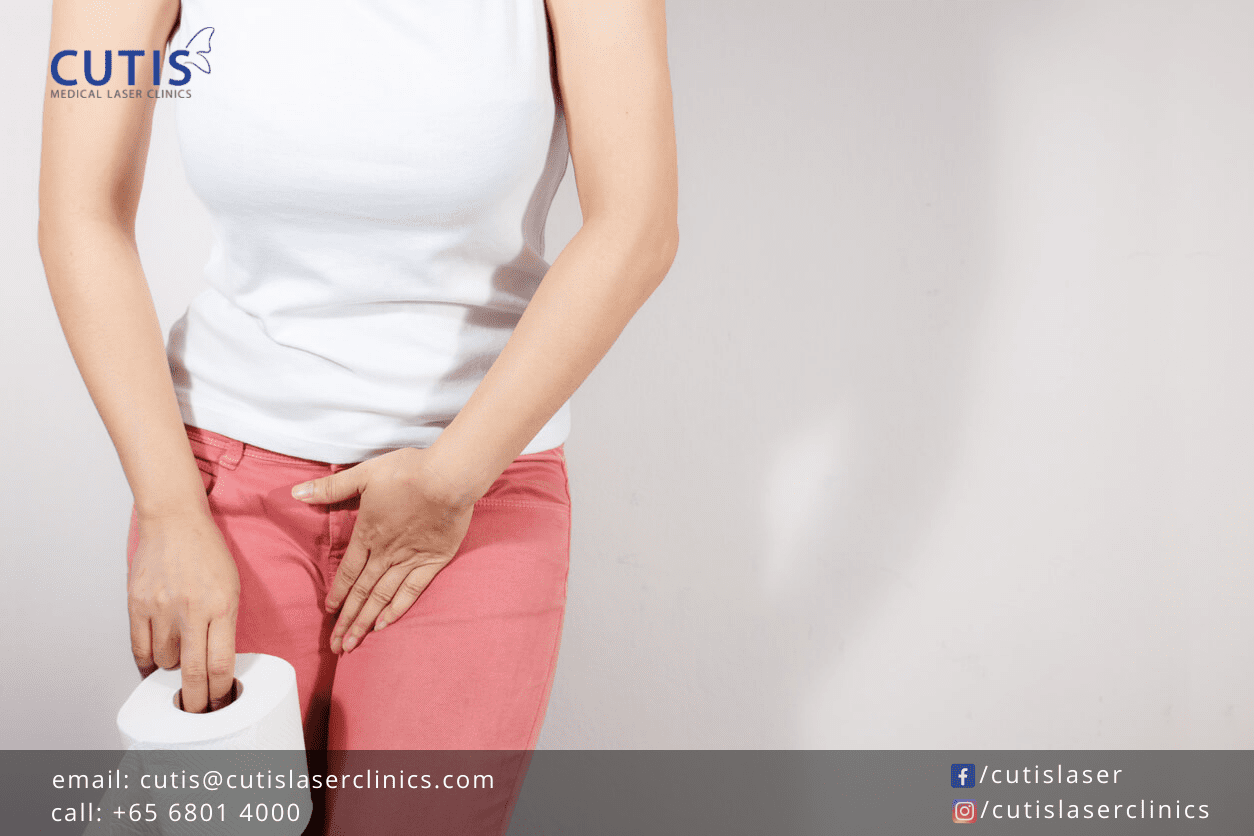
If physical movements like coughing, sneezing, and laughing cause you to pee a little or leak urine, you may have stress urinary incontinence. This disorder, which is a lot more common in women, has treatments and isn’t life-threatening. It can, however, negatively affect your quality of life, causing social isolation and certain lifestyle restrictions.
So, what is stress incontinence?
Stress incontinence refers to an involuntary urine leakage due to activities that put extra pressure on your bladder. These include coughing, sneezing, and laughing, as well as exercising or lifting heavy objects. Stress incontinence is not associated with emotional distress or psychological stress.
Urinary incontinence (UI) is more common among older people, but it isn’t a normal part of aging. It is also not a disease by itself, but a symptom that can be caused or triggered by several factors. These include your habits or lifestyle, physical issues, certain life events, and underlying medical conditions.
What are the risk factors for stress urinary incontinence?
Here are some of the things that can increase your risk of developing stress incontinence:
Being overweight or obese – Carrying excess body weight puts pressure on the pelvic and abdominal organs. This can then damage or weaken both the pelvic floor and urethral structures, putting you at a higher risk for stress incontinence. About 46- 67% of obese women is also said to experience incontinence.
Aging – The aging process can cause your bladder walls and pelvic floor muscles to weaken. This can cause issues with bladder emptying, making you more likely to develop stress incontinence. It is more common among women over 50, but it can also occur at any age.
Vaginal delivery – Those who have had a vaginal delivery are more prone to developing incontinence than those who underwent a cesarean section. This is due to the stretching and weakening of pelvic muscles during pregnancy or vaginal delivery. The same is also true for those who had a forceps delivery, which is said to increase the risk of injury to muscles and nerves of the pelvis.
Hysterectomy – This refers to the surgical removal of the uterus. Hysterectomy can weaken the muscles supporting the bladder and urethra, which can increase your risk of urinary stress incontinence.
Urinary tract infection – UTI, which refers to an infection in the urinary tract, can develop when bacteria enter the bladder and urethra, causing infection and inflammation. UTI can also cause the bladder to become irritated and swollen, increasing the risk of urine leaking out.
Other risk factors include:
- Excessive consumption of caffeine and alcohol
- Smoking, which can cause chronic cough
- Constipation
- Hormonal deficiencies
How can the Ultra Femme 360 help with incontinence?
Ultra Femme 360 is a US FDA-cleared non-invasive procedure for treating a woman’s intimate health. It can help improve vaginal laxity, treat stress incontinence, and enhance sexual satisfaction. Ultra Femme safely heats the vaginal tissues, which helps stimulate collagen building and provides an immediate tightening effect.
How Ultra Femme 360 works: It uses a handheld device that delivers ultrasound energy and radiofrequency. The procedure involves the insertion of a 360° disposable tip through the Introitus inside the vaginal canal, with slow repeating motions (forward and backward).
As previously mentioned, it safely heats the vaginal tissues, which causes improved blood flow and immediate contraction. This also triggers neocollagenesis or the process of building new collagen, which takes 60 to 90 days following the treatment.
The stimulation of collagen results in improved elasticity and tightening that can continue over the next three to four months.
Helps with treating urinary stress incontinence: Clinical studies suggest that Ultra Femme 360 has shown positive results for treating stress incontinence and improving vaginal laxity. The tightening effect on the vaginal tissues provides support in the weakened pelvic floor muscles, which helps improve stress incontinence.
Other benefits of Ultra Femme 360
The benefits of Ultra Femme 360 go beyond improving laxity and treating urinary stress incontinence. Here are the other reasons why many are saying yes to this non-invasive procedure.
- Can improve sexual satisfaction – Ultra Femme 360 can improve the overall appearance of the intimate area (labia remodeling and tightening the vaginal opening). This can then result in improved sensation and satisfaction.
- Relatively quick and no downtime – The procedure only takes at least eight minutes to complete. It also doesn’t need anesthesia and has no downtime. There may be some mild redness or swelling after the procedure, but this subsides after a few hours.
- Improvements after the initial treatment – You may notice changes after the first session, but overall results will continue to improve after the third treatment. These may also vary on a few factors like your natural response to the procedure and amount of tissue laxity.
- Helps improve quality of life – Improvement in laxity/tightness, lubrication, and sensation can provide positive effects on self-esteem, intimate relationships, and overall quality of life.
To learn more about Ultra Femme 360 and how it can improve your intimate health, contact Cutis Medical Laser Clinics in Singapore today and book a consultation with our aesthetic doctor.
- If you would like to be an informed patient, please contact us at +65-6801-4000 or
hello@cutislaserclinics.com. - Cutis Medical Laser Clinics, 9 Scotts Road Pacific Plaza, Scotts Medical Center #08-07, Singapore – 228210
+65-6801-4000 - hello@cutislaserclinics.com
